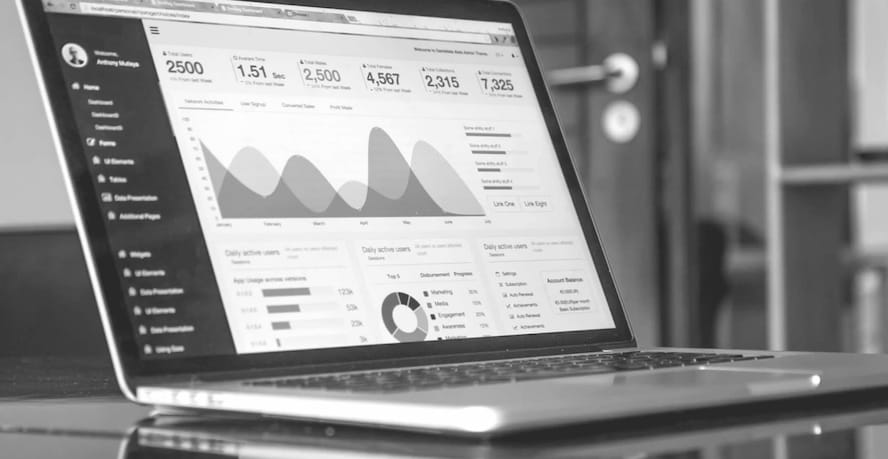
1 November 2018
This article is brought to you by JBI Training, the UK's leading technology training provider. Learn more about JBI's Power BI training courses including Power BI - Visualisation, Power BI - Dax Data, and Power BI - Beyond the Basics
Having lots of business data is good. But to get the most from it, you have to be able to analyse it and communicate it to other users in your business. Microsoft’s Power BI is a powerful set of authoring tools to let you do that.
It’s particularly good for creating reports and visualizations that allow you to explain and present business information. These visuals are really useful to provide insights and tell the stories behind the data.
Users include business analysts, financial analysts, data scientists and other staff who work in a wide range of industries including:
• Retail – where key data is available on customers, transactions, buying behaviours, pricing, supply chain, trends and inventory
• Manufacturing – where you need to understand machine utilisations, process efficiencies, stock levels, costs, cycle times and losses
• Insurance – where data to be analysed includes policy sales, claims, fraud, premiums and trends
• Aviation – where there’s a huge flow of information from aircraft engines and maintenance logs, as well as flight plans and weather reports
Here are four reasons why you should use Power BI for your visualizations.
Create stunning visuals
Power BI comes with a list of standard pre-packaged visuals (found in the ‘Visualizations’ pane) that you can use in your reports and pin to dashboards. These include bar charts, funnel charts, KPI charts, pie charts and tables.
If you don’t see anything suitable there, you can create your own custom visuals using the NodeJS-based custom visuals SDK. Or you can import other people’s custom visuals from the Microsoft AppSource marketplace.
Power BI gives you many options for visualising data in reports, presentations and dashboards.
Easily import data from multiple sources
Of course, before you can create visualizations you need the data – and Power BI lets you access data from multiple sources across your organisation.
Using ‘Get Data’, you can easily connect to hundreds of data sources, both in the cloud and on-premises. Supported sources include Excel, SQL databases, Google Analytics, SAP Data Warehouse, Salesforce Report, SharePoint, MailChimp, QuickBooks Online, Stripe and many more.
If your organisation has the data – Power BI will let you visualise it.
Easily transform data
As you know, good reports and visuals need clean data – and Power BI helps with that too. Once you’ve got the data, you can easily clean and then shape it using Power Query, Power BI’s transformation tool. It lets you – for example – merge different files, change data type and unpivot columns.
Power Query is easy to use and will be familiar to many Excel users. But if want more, you can enhance and automate your work using M, the Power Query formula language. It enables you to get behind the graphical interface and really ramp up the functionality.
Perform advanced analytics
Having sourced your data and prepared it, you’re now ready to dig deeper into it. Power BI is great for that too. The standard functionality lets you perform simple data analysis such as grouping, clustering and forecasting.
But as well as that, Power BI lets you use the DAX (Data Analysis Expressions) formula language to perform complex calculations within your reports. With DAX, for example, you could compare year-on-year growth with market trends – something you couldn’t easily do with simple tools. DAX basically helps you to create new information from data already in your models – to give even more powerful reports and visuals.
So to summarise, Power BI is a very powerful visualization tool. It’s also great for importing, transforming and analysing the data used to create visuals.
Here at JBI Training, we provide a range of analytics-related training – including 4 Power BI courses:
• Further Visualization for Power BI training course (1 day) where you learn to maximise Power BI’s features to create outstanding visuals – See our Power BI Visualization training course outline
• Power BI training course (2 days) where you learn the fundamentals of this popular set of Microsoft business intelligence tools – See our Power BI Course outline
• Beyond the Basics Power BI training course (4 days) where you learn to create stunning visuals and complex calculations in DAX – See our Advanced Power BI training course outline
• DAX training course (1 day) where you learn to maximise Power BI’s features to create more complex calculations in DAX – See our DAX training course outline

CONTACT
+44 (0)20 8446 7555
Copyright © 2025 JBI Training. All Rights Reserved.
JB International Training Ltd - Company Registration Number: 08458005
Registered Address: Wohl Enterprise Hub, 2B Redbourne Avenue, London, N3 2BS
Modern Slavery Statement & Corporate Policies | Terms & Conditions | Contact Us